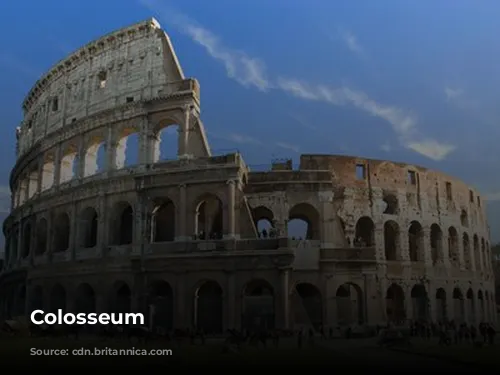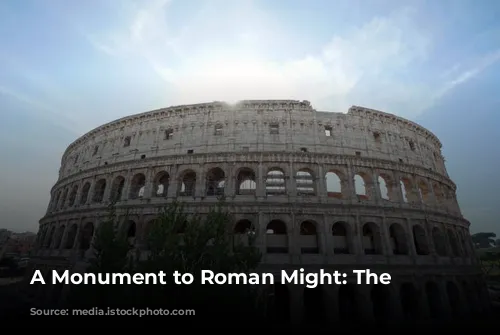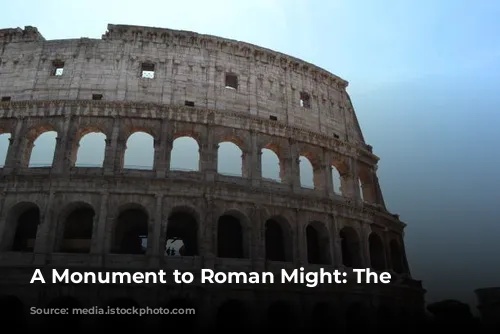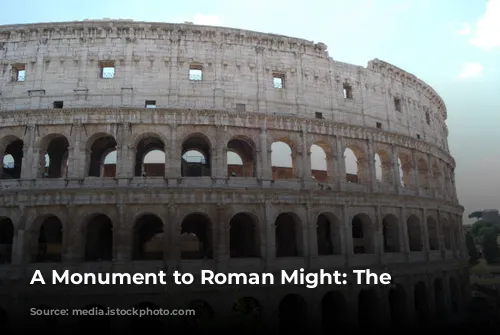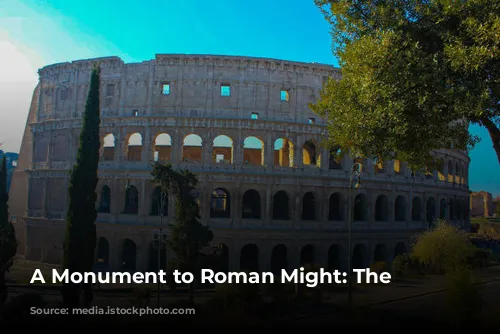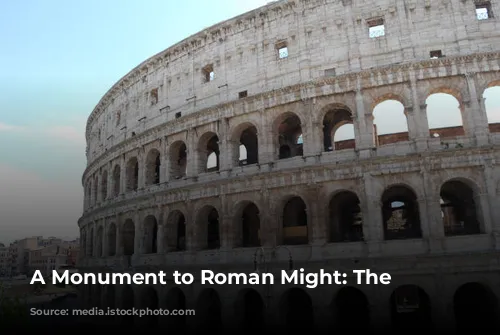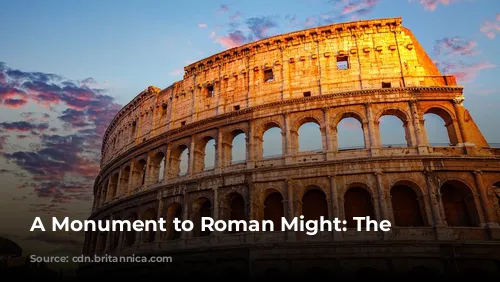The Colosseum, a colossal amphitheater standing as a testament to the engineering brilliance of ancient Rome, is one of the few structures from the Roman Empire that remains largely intact. This iconic landmark draws millions of visitors annually, contributing significantly to Italy’s tourism revenue. In 2018, the Colosseum, Roman Forum, and Palatine Hill collectively generated over $63.3 million (€53.8 million), making them the most lucrative tourist attraction in Italy.
The Colosseum’s enduring presence, however, belies a tumultuous history. Following the fall of the Western Roman Empire, the arena fell into a state of disrepair, and its purpose shifted dramatically. During the 12th century, the Frangipane and Annibaldi families, powerful Roman families, claimed the Colosseum as their fortress. Later, in the late 15th century, Pope Alexander VI allowed the Colosseum to be used as a quarry, its once magnificent stones stripped away for other projects. This period of neglect, spanning over a thousand years, finally ended in the 1990s when state-funded restoration efforts began.
A Symbol of Imperial Power and Entertainment
The Colosseum’s construction reflects the Roman Empire’s desire to restore Rome’s grandeur following the turbulent “Year of the Four Emperors” in 69 CE. Emperor Vespasian, like other Roman emperors, envisioned the Colosseum as an entertainment hub, designed to captivate and engage the Roman public. Its stage hosted a captivating array of spectacles, including gladiatorial combats, animal hunts, and even mock naval battles, showcasing the empire’s power and grandeur.
The Colosseum’s construction was a complex and ambitious project. Work began under Emperor Vespasian between 70 and 72 CE, and the completed structure was dedicated by his son, Titus, in 80 CE. A fourth story was added by Emperor Domitian in 82 CE. Remarkably, the Colosseum was funded by the spoils of war, specifically from Titus’s conquest of Jerusalem in 70 CE, and built by enslaved Jews from Judaea.
A Colossal Structure
The Colosseum, also known as the Flavian Amphitheater, stands as an impressive example of Roman engineering and architectural prowess. This elliptical structure, towering four stories high at its peak, was built using a combination of stone, concrete, and tuff. Measuring 620 by 513 feet (189 by 156 meters), it could accommodate a staggering 50,000 spectators. This immense arena was renowned for its gladiatorial combat, which captivated the Roman populace.
A Monument to Roman Engineering
The Colosseum, situated just east of the Palatine Hill on the grounds of Nero’s former Golden House, is a unique and symbolic structure. The artificial lake, once the centerpiece of Nero’s opulent palace complex, was drained to make way for the Colosseum. This deliberate choice was both symbolic and practical, signifying Vespasian’s commitment to public entertainment over private extravagance.
The Colosseum’s construction was a monumental achievement. Unlike earlier amphitheaters, which often utilized the natural slopes of hillsides for support, the Colosseum is a freestanding structure built entirely of stone and concrete. It utilizes a sophisticated system of barrel and groin vaults, achieving its imposing dimensions of 620 by 513 feet (189 by 156 meters). The arena’s three lower stories are adorned with arcades framed by engaged columns, showcasing the Doric, Ionic, and Corinthian orders, a distinctive architectural feature that influenced later Renaissance design principles. The primary structural framework and facade were constructed from travertine, volcanic tufa formed the secondary walls, and concrete was used for the inner bowl and arcade vaults.
A Venue for Spectacle and Entertainment
The Colosseum’s vast capacity allowed it to host a wide array of spectacles. Around 50,000 spectators could enjoy the various events held within the arena, protected from the sun by a massive retractable awning, known as the velarium. This intricate awning system, supported by masts extending from corbels built into the Colosseum’s attic story, required hundreds of Roman sailors to manipulate its rigging. The Colosseum witnessed countless thrilling events, including gladiatorial combats, man-versus-animal contests, and even elaborate mock naval battles. While its role in early Christian martyrdoms is uncertain, the Colosseum undoubtedly played a significant role in the lives and entertainment of the Roman population.

From Glory to Decline and Restoration
The Colosseum’s fate took a turn in medieval times, when it was repurposed as a church and later as a fortress by powerful Roman families. Over time, the Colosseum suffered damage from lightning strikes, earthquakes, vandalism, and pollution, losing its original marble seats and decorative elements. For over a thousand years, the Colosseum was treated as little more than a quarry, its stones plundered for other projects.
The 19th century saw the beginning of preservation efforts for the Colosseum, with notable contributions by Pope Pius VIII. In the 1990s, a major restoration project was undertaken, bringing the Colosseum back from the brink of further deterioration. Today, the Colosseum stands as one of Rome’s most popular tourist attractions, welcoming close to seven million visitors each year. Regular exhibitions celebrating ancient Roman culture further enhance its significance as a historical and cultural hub.
The Colosseum stands as a powerful symbol of Rome’s enduring legacy. From its construction as a testament to imperial might and entertainment to its decline and eventual restoration, the Colosseum’s story is one of resilience and the enduring power of history. As a testament to the ingenuity and grandeur of the Roman Empire, it continues to captivate and inspire visitors from all corners of the globe.

